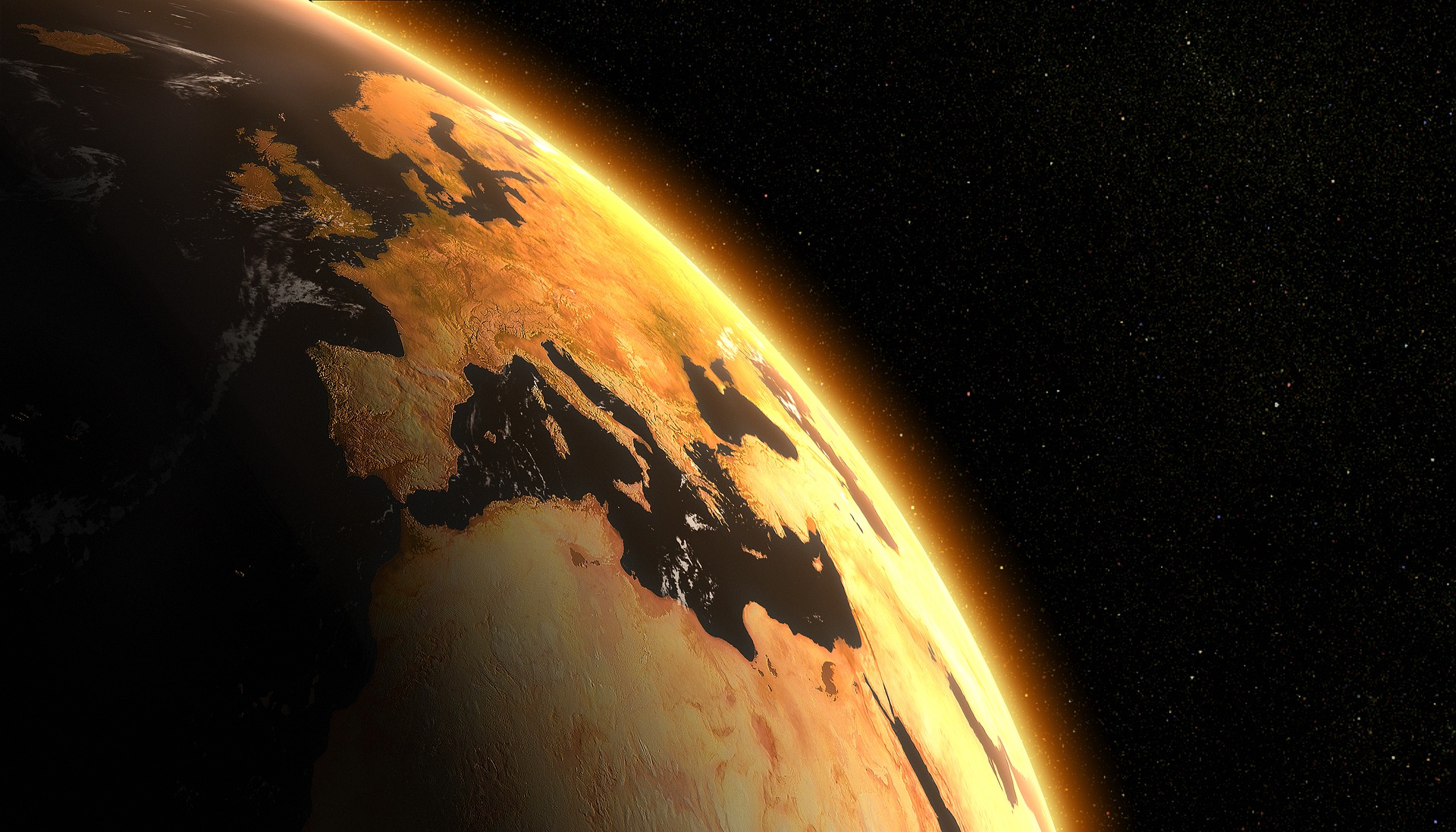Greenhouse gas emissions are changing the Earth’s atmosphere. Exactly what that means for the climate is not clearly understood.
Climate change is altering the Earth’s atmosphere. Measurements over the past 40 years in the northern hemisphere show that about the lowest (and most turbulent) layer – called the troposphere – has expanded upward by about 50 meters per decade due to climate change. To avoid turbulence, airplane pilots may be forced to fly higher in the future.
The troposphere is the layer of the atmosphere in which we humans live and breathe. It extends from the ground to the beginning of the stratosphere. The boundary in between is called the tropopause. Its thickness is about 8 kilometers at the poles and not quite 20 kilometers at the equator. According to the study results, this boundary has specifically shifted upward by about 50 meters per decade between 1980 and 2000 – and by another 53.3 meters per decade between 2001 and 2020.
Stratosphere also shrinking
Since air in the atmosphere expands when it is hot and contracts when it is cold, the tropopause shrinks or expands depending on the season. The researchers assume that more heat is stored in the atmosphere due to the higher quantity of greenhouse gas emissions. The tropopause is moving upward – it is currently at its highest level to date. This shift appears to be accelerating.
In addition to natural events such as volcanic eruptions in the 1980s, scientists suspect that 80 percent of this development is human-induced. In addition to the troposphere, the layer above it – the so-called stratosphere – is also shrinking. The reason is the release of gases that destroy the ozone layer.
How these developments will affect our climate is not clearly understood. The study results were recently published in the journal Science Advances.
— source: futurezone.at/picture: pixabay.com
This post has already been read 1037 times!



